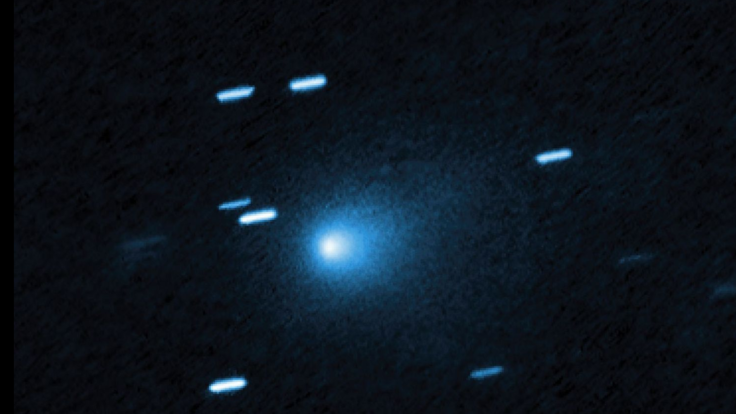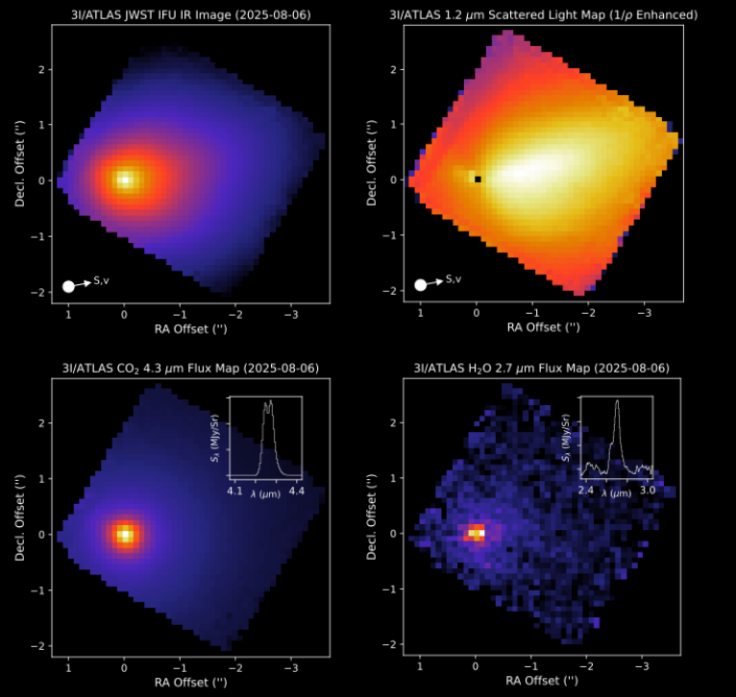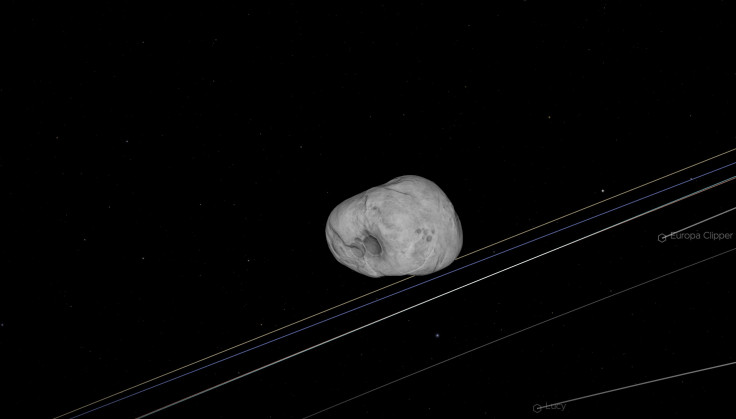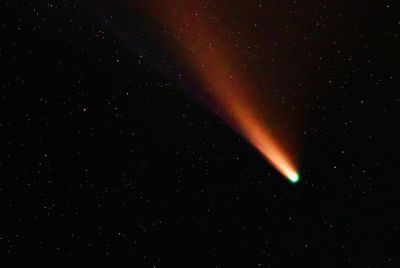Avi Loeb Warns 3I/ATLAS Could Crash Stock Market If It Changes Course to Earth
Avi Loeb warns 3I/ATLAS could be 'alien tech' and may crash the stock market if it changes its path.

As of today, October 30, 2025, the world is holding its breath. The mysterious interstellar object 3I/ATLAS is currently hidden by the sun, having just passed its closest approach yesterday. We are in the middle of what one top astronomer calls a 'blind date with a cosmic visitor.'
But this date, he warns, could end in disaster. Harvard astrophysicist Dr. Avi Loeb has issued a chilling warning: if this object changes its path, it could trigger a global stock market crash.
Dr. Loeb, the founder of Harvard's Galileo Project, recently spoke to Fox News about this exact moment. He described 3I/ATLAS as a potential 'massive technological object.' The critical test is happening right now, while the object is obscured by the sun's glare.
Loeb asks if it will 'appear on a different path' when it emerges. If it does, he warned, the stock market may crash. Such a change would imply it is under intelligent control and that 'we have some risk involved.'
Loeb labelled the object a 'black swan event that we haven't anticipated.' He stressed that even if the risk is small, the consequences would be 'huge' if it is not a rock.
If #3IATLAS changes its direction toward Earth after passing close to the Sun it could trigger a global stock market crash warns Avi Loeb
— Surajit (@surajit_ghosh2) October 27, 2025
It’s like going on a blind date with a cosmic visitor we don’t know who or what is in control of this massive technological object pic.twitter.com/TdiFCnyIOs
The Growing List of Anomalies Around 3I/ATLAS
Loeb's alarming theory is not just a guess. It is based on a growing list of bizarre anomalies that defy natural explanations. 3I/ATLAS is simply not behaving like a comet.
First, there is its size. Data from the SPHEREx space observatory estimates it is 20 to 46 kilometres wide. Hubble telescope images also confirmed that a dense dust cloud is not faking this massive reflection.
Then, there is the chemistry, which is perhaps the most damning evidence. Data from the Very Large Telescope revealed 3I/ATLAS is venting nickel gas. This is strange because its 'cosmic twin,' iron, is completely missing.
Loeb stated this signature, nickel without iron, is only known to exist in 'industrially produced nickel alloys' on Earth. The anomalies do not stop there. The object's gas plume is 95 per cent carbon dioxide and only 5 per cent water. This is the opposite of a 'water-rich comet.'

The 'Finely-Tuned' Path of 3I/ATLAS
The object's path through our solar system is also highly suspicious. Loeb described its trajectory as 'finely tuned.' It is perfectly aligned with the orbital plane of our planets. This, Loeb argues, is exactly where an intelligent probe would travel to get the best look at our solar system.
This path already led to its 'blind date' with Mars earlier this month, on October 3. The object passed within 29 million kilometres of the red planet. Loeb noted this close pass was a 'remarkable fine-tuning.'

This event allowed the HiRISE camera on the Mars Reconnaissance Orbiter to get a close look. Loeb even suggested HiRISE should search for 'precursor objects' that might have detached from the main object.
Now, 3I/ATLAS is using the sun as a perfect hiding spot. We are in the dark, waiting. We do not know who, or what, is in control. We can only keep our eyes on the sky, as Loeb urged.
Even if it reappears on the same path, he cautioned it could still release smaller probes to visit our planets. As of October 30, the world is waiting for this 'blind date' to step out of the shadows.
© Copyright IBTimes 2025. All rights reserved.





















